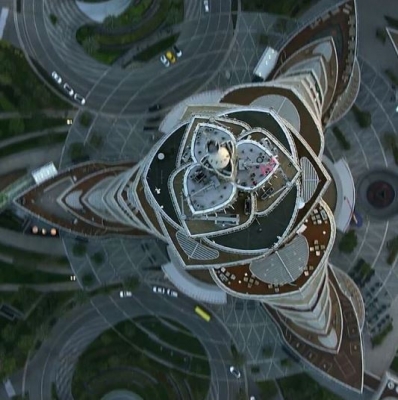
There are few buildings in the world that share the kind of popularity that the Burj Khalifa enjoys. A towering skyscraper in Dubai, United Arab Emirates, the Burj Khalifa’s total height is 829.8 m and its roof height (excluding antenna) is 828 m. That makes it the tallest structure and building in the world, since its official launch ceremony in January 2010.
The spider lily
Such a massive structure is naturally an engineering Marvel. What makes it even more special is its design. The Burj Khalifa has a triple-lobed footprint, an abstraction of the Hymenocallis flower. The Hymenocallis or spider lily is a regional desert flower from which the architects drew inspiration for the iconic tower’s design. While this beautiful choice maximises window viewing, the architects didn’t go for it purely for Aesthetic or ornamental reasons. This design ensures that the tower is composed of different features that are arranged around a central core. This provides for an inherently stable configuration, vital for super-tall buildings.
Biomimetics
The modular, Y-shaped structure has setbacks along each of its three wings and affords lateral bending resistance. The central core, which emerges on top and culminates in a sculpted spire, provides strong torsional resistance.
The Burj Khalifa thus serves as a great illustration of biomimetics or biomimicry – the science or art of emulating systems and elements of nature in order to solve complex human problems.
Picture Credit : Google

